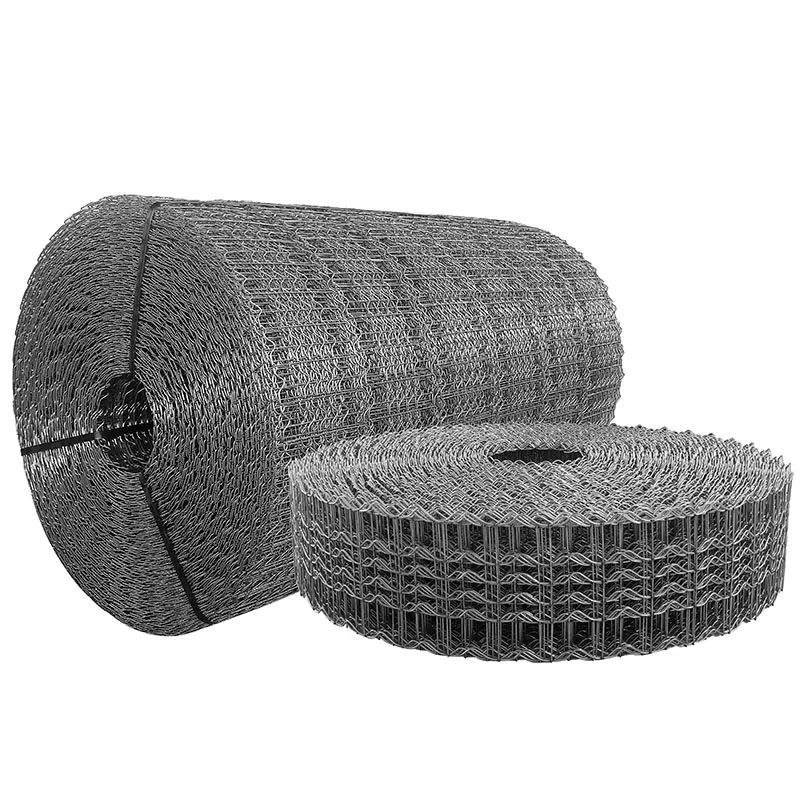- Industrial zone, South of Anping Town, Hengshui, Hebei, China.
- sales@hfpetromesh.com
- +86-18931809706
 Afrikaans
Afrikaans  Albanian
Albanian  Amharic
Amharic  Arabic
Arabic  Armenian
Armenian  Azerbaijani
Azerbaijani  Basque
Basque  Belarusian
Belarusian  Bengali
Bengali  Bosnian
Bosnian  Bulgarian
Bulgarian  Catalan
Catalan  Cebuano
Cebuano  Corsican
Corsican  Croatian
Croatian  Czech
Czech  Danish
Danish  Dutch
Dutch  English
English  Esperanto
Esperanto  Estonian
Estonian  Finnish
Finnish  French
French  Frisian
Frisian  Galician
Galician  Georgian
Georgian  German
German  Greek
Greek  Gujarati
Gujarati  Haitian Creole
Haitian Creole  hausa
hausa  hawaiian
hawaiian  Hebrew
Hebrew  Hindi
Hindi  Miao
Miao  Hungarian
Hungarian  Icelandic
Icelandic  igbo
igbo  Indonesian
Indonesian  irish
irish  Italian
Italian  Japanese
Japanese  Javanese
Javanese  Kannada
Kannada  kazakh
kazakh  Khmer
Khmer  Rwandese
Rwandese  Korean
Korean  Kurdish
Kurdish  Kyrgyz
Kyrgyz  Lao
Lao  Latin
Latin  Latvian
Latvian  Lithuanian
Lithuanian  Luxembourgish
Luxembourgish  Macedonian
Macedonian  Malgashi
Malgashi  Malay
Malay  Malayalam
Malayalam  Maltese
Maltese  Maori
Maori  Marathi
Marathi  Mongolian
Mongolian  Myanmar
Myanmar  Nepali
Nepali  Norwegian
Norwegian  Norwegian
Norwegian  Occitan
Occitan  Pashto
Pashto  Persian
Persian  Polish
Polish  Portuguese
Portuguese  Punjabi
Punjabi  Romanian
Romanian  Russian
Russian  Samoan
Samoan  Scottish Gaelic
Scottish Gaelic  Serbian
Serbian  Sesotho
Sesotho  Shona
Shona  Sindhi
Sindhi  Sinhala
Sinhala  Slovak
Slovak  Slovenian
Slovenian  Somali
Somali  Spanish
Spanish  Sundanese
Sundanese  Swahili
Swahili  Swedish
Swedish  Tagalog
Tagalog  Tajik
Tajik  Tamil
Tamil  Tatar
Tatar  Telugu
Telugu  Thai
Thai  Turkish
Turkish  Turkmen
Turkmen  Ukrainian
Ukrainian  Urdu
Urdu  Uighur
Uighur  Uzbek
Uzbek  Vietnamese
Vietnamese  Welsh
Welsh  Bantu
Bantu  Yiddish
Yiddish  Yoruba
Yoruba  Zulu
Zulu
- Afrikaans
- Albanian
- Amharic
- Arabic
- Armenian
- Azerbaijani
- Basque
- Belarusian
- Bengali
- Bosnian
- Bulgarian
- Catalan
- Cebuano
- Corsican
- Croatian
- Czech
- Danish
- Dutch
- English
- Esperanto
- Estonian
- Finnish
- French
- Frisian
- Galician
- Georgian
- German
- Greek
- Gujarati
- Haitian Creole
- hausa
- hawaiian
- Hebrew
- Hindi
- Miao
- Hungarian
- Icelandic
- igbo
- Indonesian
- irish
- Italian
- Japanese
- Javanese
- Kannada
- kazakh
- Khmer
- Rwandese
- Korean
- Kurdish
- Kyrgyz
- Lao
- Latin
- Latvian
- Lithuanian
- Luxembourgish
- Macedonian
- Malgashi
- Malay
- Malayalam
- Maltese
- Maori
- Marathi
- Mongolian
- Myanmar
- Nepali
- Norwegian
- Norwegian
- Occitan
- Pashto
- Persian
- Polish
- Portuguese
- Punjabi
- Romanian
- Russian
- Samoan
- Scottish Gaelic
- Serbian
- Sesotho
- Shona
- Sindhi
- Sinhala
- Slovak
- Slovenian
- Somali
- Spanish
- Sundanese
- Swahili
- Swedish
- Tagalog
- Tajik
- Tamil
- Tatar
- Telugu
- Thai
- Turkish
- Turkmen
- Ukrainian
- Urdu
- Uighur
- Uzbek
- Vietnamese
- Welsh
- Bantu
- Yiddish
- Yoruba
- Zulu
Steel Grating Weight per Square Foot - Essential Guide
Understanding the Weight of Steel Grating per Square Foot
Steel grating is a crucial component in various industrial and commercial applications, serving both functional and aesthetic purposes. Its popularity stems from its strength, durability, and versatility across a range of environments, from manufacturing plants to walkways and even decorative elements. One key consideration in the selection and installation of steel grating is its weight, which is often measured in weight per square foot.
The weight of steel grating can vary significantly based on several factors, including the type of steel used, the design of the grating, and the dimensions of the individual panels
. Generally, the most common forms of steel grating are heavy-duty, medium-duty, and light-duty, each designed for different load capacities and applications.For example, heavy-duty steel grating, typically used in industrial settings, can weigh anywhere from 10 to 25 pounds per square foot. This type is crafted to handle high loads and is often made from thicker materials. In contrast, lighter grating options, which might be utilized for pedestrian walkways or less demanding environments, can weigh as little as 3 to 8 pounds per square foot.
weight of steel grating per square foot

When considering the weight of steel grating, it's essential to take into account the grating's spacing, thickness, and type of load it is designed to support. Common designs include welded grating, which consists of crossbars and load bars joined together through welding, and press-locked grating, which uses a locking system for a lighter structure. The specific configuration influences how weight is distributed and can impact the overall sturdiness of the grating.
Assessing the weight of steel grating is not just about understanding the material itself; it's essential for ensuring structural integrity and safety in applications. When installing steel grating, engineers and contractors must consider the total weight that will be supported by the underlying structure. Proper weight distribution is critical to avoid structural failure and ensure safety in its application.
Additionally, the weight of steel grating plays a role in transportation and installation costs. Heavier grating materials may incur higher shipping expenses, and the installation process might require specialized equipment and additional labor. Therefore, selecting the appropriate weight of steel grating can have financial implications, making it a key factor in planning any project.
In conclusion, understanding the weight of steel grating per square foot is essential for anyone involved in the decision-making process regarding its use. By considering factors such as design, load capacity, and overall application, one can make informed choices that ensure safety, efficiency, and cost-effectiveness in their projects. Whether for industrial use or aesthetic purposes, the right steel grating can provide lasting performance and satisfaction.
-
Welded Steel Bar Grating: The Strongest Choice for Industrial FlooringNewsMay.21,2025
-
Steel Grating for Sale: The Ultimate Anti-Slip SolutionNewsMay.21,2025
-
Steel Frame Shaker Screens: Unmatched Durability for Demanding OperationsNewsMay.21,2025
-
Shaker Screens: Your Ultimate Solution for Oil & Gas FiltrationNewsMay.21,2025
-
Press Locked Steel Grating: The Smarter Choice for Heavy-Duty FlooringNewsMay.21,2025
-
Helicopter Deck Safety Nets: Protect Your Crew and EquipmentNewsMay.21,2025